Venus is the second planet in the solar system in order of distance from the Sun, the sixth in size, ordered from highest to lowest. Like Mercury, it lacks natural satellites. It receives its name in honor of Venus, the Roman goddess of love (Gr. Aphrodite). It is a planet of rocky and terrestrial type, often called sister planet of the Earth, since both are similar in size, mass and composition, although totally different in thermal and atmospheric matter (average temperature of 463.85 ºC).
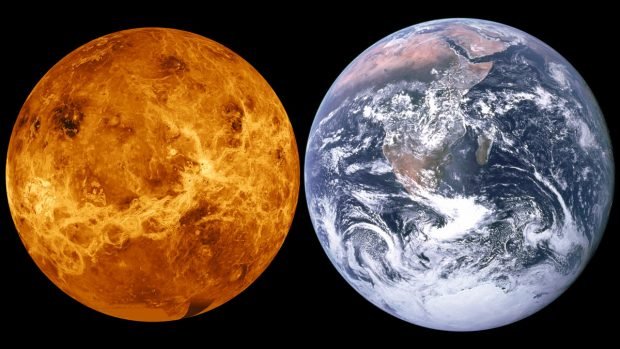
Venus rotates on its axis very slowly and in the opposite direction to that of the other planets. The Sun rises in the west and sets in the east, unlike what happens on Earth. Also, the day on Venus lasts longer than the year.
Despite being farther from the Sun than Mercury, Venus has the hottest atmosphere in the solar system; This is because it is mainly composed of greenhouse gases, such as carbon dioxide, which trap much more heat from the sun. Currently it lacks liquid water and its surface conditions are considered incompatible with known life. However, the Goddard Institute for Space Studies at NASA and others have postulated that in the past Venus could have oceans with as much water as land and planetary habitability conditions.
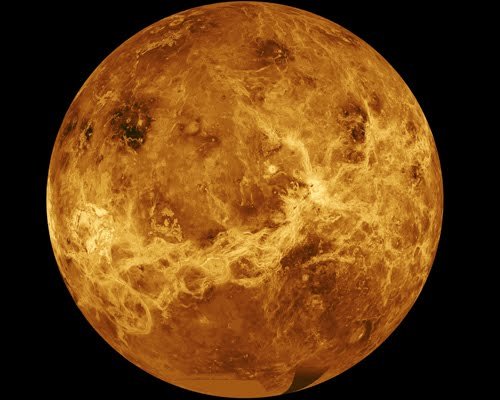
The surface of Venus is relatively young, since it is between 300 and 500 million years old. It consists of vast plains, crossed by huge lava flows and some mountains.
On Venus there are also craters due to the impacts of meteorites. Only the big ones, because the little ones fall apart in the thick atmosphere.
Venus has many volcanoes, the highest of which is called Maat Mons. 85% of the planet is covered by volcanic rocks. The lava has created grooves, some very long. There is one of 7,000 km.
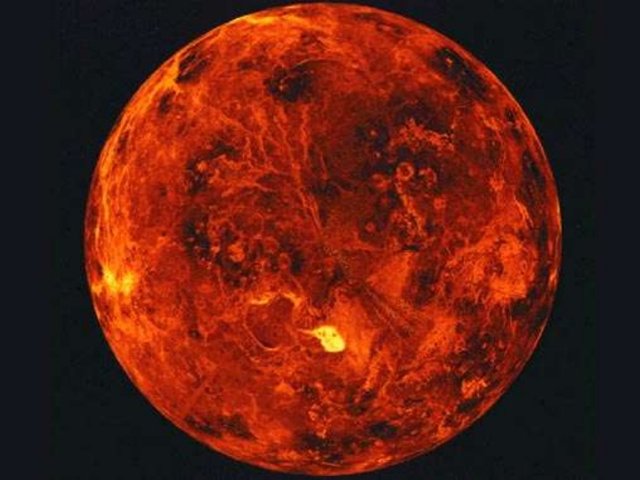
Venus rotates very slowly on its axis and the direction is retrograde (contrary to that of the Earth). Interestingly, when the two planets are closer, the same face of Venus always looks towards the Earth. On these occasions, this face can be observed and maps can be drawn by radio telescopes based on the Earth.
In contrast to the huge antenna needed by the terrestrial radar that maps the maps of Venus, a modest instrument of the Pioneer Venus 1 could direct an almost global recognition. Combined with data from Soviet and radar probes, the survey showed that the surface of Venus is, above all, a flat plateau interrupted by two mountainous areas the size of a continent known as Ishtar Terra and Aphrodite Terra. The latter occupies the farthest part of Venus seen from Earth when both planets are further away.

The most powerful radar on board the space probe Magellan has discovered very active volcanoes, large currents of solidified lava and a wide series of meteoric craters. The largest impact crater observed is almost 160 km in diameter (the smallest, approximately 5 km). The radar of the probe could solve even smaller craters, in its case. The dense atmosphere of Venus prevents smaller meteoroids from reaching the surface of the planet.
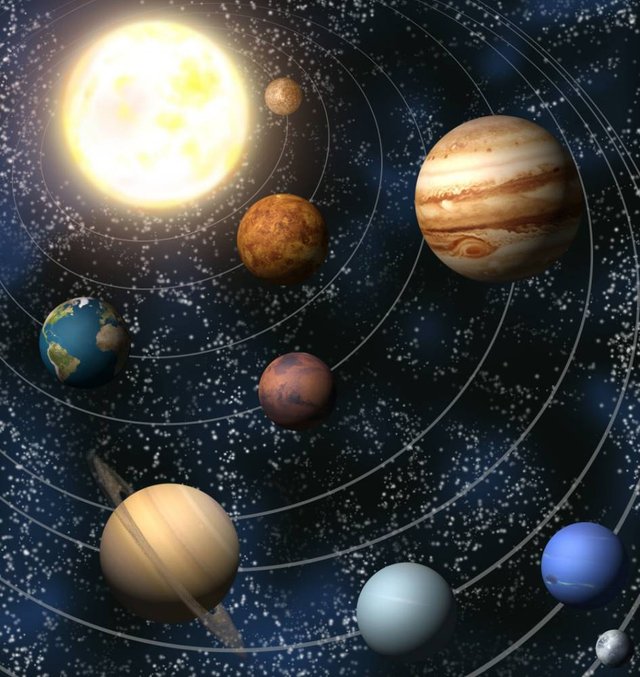
Rotation
Venus rotates very slowly in a retrograde motion, in the same direction in a clockwise direction if the north pole is taken as reference, from east to west instead of west to east as the rest of the planets (except Uranus , that is very inclined). giving a complete turn in itself 243.0187 Earth days. The reason for the peculiar rotation of Venus is unknown. If the Sun could be seen from the surface of Venus, it would appear to rise from the west and settle in the east, with a day-night cycle of 116.75 Earth days and a Venusian year of less than two days (1.93 Venusian days). . In addition to the retrograde rotation, the orbital and rotational periods of Venus are synchronized so that it always presents the same face of the planet to Earth when both bodies are at a shorter distance. This could be a simple coincidence, but there are speculations about a possible origin of this synchronization as a result of the effects of the tides that affect the rotation of Venus when both bodies are close enough.
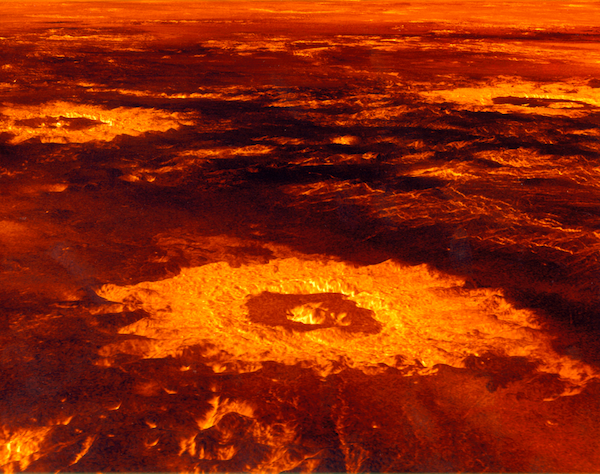

https://www.todoelsistemasolar.com.ar/venus.htm
You received a 10.0% upvote since you are not yet a member of geopolis.
To read more about us and what we do, click here.
https://steemit.com/geopolis/@geopolis/geopolis-the-community-for-global-sciences-update-2-higher-base-votes-new-logo
If you do not want us to upvote and comment on your posts concerning earth and earth sciences, please reply stop to this comment and we will no longer bother you with our love ❤️
Downvoting a post can decrease pending rewards and make it less visible. Common reasons:
Submit